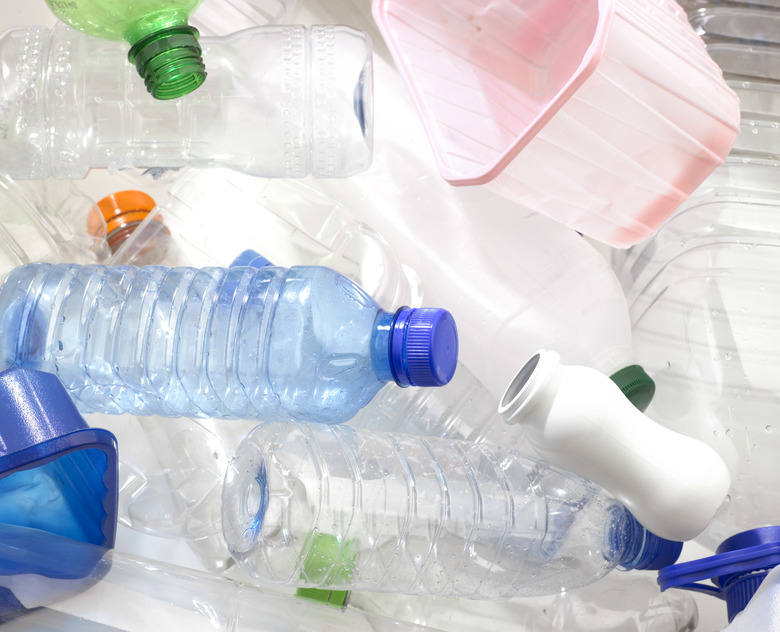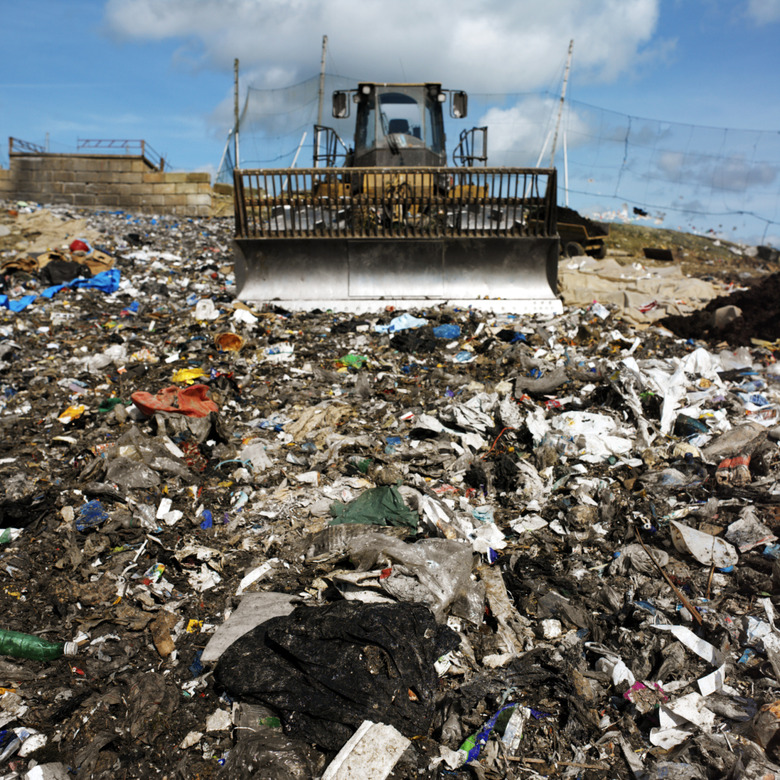Does Plastic Corrode?
Throughout history, the majority of people owned very few possessions. Normally these were confined to a few articles of clothing and the tools needed for survival. What was owned was maintained with care. The Industrial Revolution and mass production changed all that. Handmade items were replaced with lower cost, machine made products. Consumer demand for cheap goods created a model of easily replaceable, disposable items. he development of the synthetic, lightweight, and highly adaptable material plastic helped make this transition possible.
A Short History
A Short History
The first plastic was developed from plant material in the 1860s. In 1907 the first synthetic plastic, Bakelite, debuted. By the 1920s and 30s companies produced Bakelite jewelry as well as telephone and radio casings. These products introduced plastic to consumers. New plastics, such as Teflon and nylon, were developed and the applications for plastic expanded from cookware to clothing. The evolution of plastic continued through wars and helped astronauts safely reach the moon. Today, the development of new plastics for industrial applications and consumer products continues.
Chemical Composition
Chemical Composition
Today, the plastic most used in consumer products is polyethylene. More than 80 million metric tons are produced annually. Polyethylene is used in packaging, plastic bags and plastic film. It is created through polymerization, a process where monomer chemicals are combined into three-dimensional networks, or polymer chains, through a chemical reaction. The strength of the plastic is measured through its density. The higher the density, the stronger the plastic.
The Corrosion of Plastic
The Corrosion of Plastic
The enormous amount of plastic used in disposable products leads to a large amount of waste entering landfills each year. Plastic breaks down at varying rates depending upon environmental factors. Plastic may take up to 1,000 years to completely biodegrade. Sunlight helps break down plastic faster than if it is buried. Plastic waste in the oceans breaks down at a much faster rate, but leaves behind a number of pollutants that cause problems for marine life. Newer plastics are more environmentally friendly and contain natural ingredients, such as wood fibers and plant material, that corrode more easily.
Better Uses for Plastic Bags
Better Uses for Plastic Bags
To combat the large amount of waste that plastic produces, steps are taken by local and state governments. Recycling helps reduce waste through the reuse of plastic bags and bottles. Bacteria exist capable of breaking down plastic much faster than waste sitting in landfills. While not yet cost effective, different parties are searching for methods to improve plastic waste management. Most importantly, people are realizing that the best way to cut down on waste is to use less plastic products. Plastic has enabled many advancements in areas such as health care. However, the prospect of piles of plastic sitting in landfills for hundreds of years prompts others to search for ways to reduce and reuse plastic.
Cite This Article
MLA
Pangman, Kendrick. "Does Plastic Corrode?" sciencing.com, https://www.sciencing.com/plastic-corrode-10042800/. 24 April 2017.
APA
Pangman, Kendrick. (2017, April 24). Does Plastic Corrode?. sciencing.com. Retrieved from https://www.sciencing.com/plastic-corrode-10042800/
Chicago
Pangman, Kendrick. Does Plastic Corrode? last modified March 24, 2022. https://www.sciencing.com/plastic-corrode-10042800/


